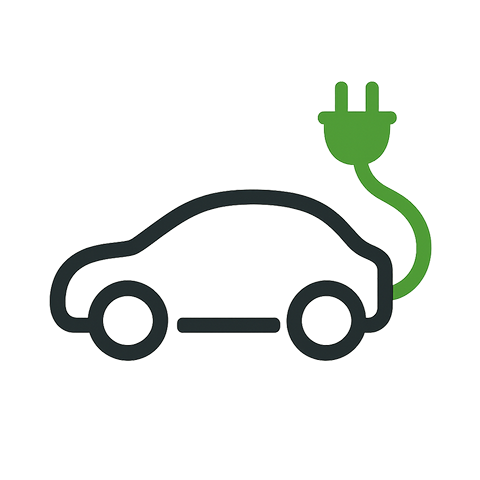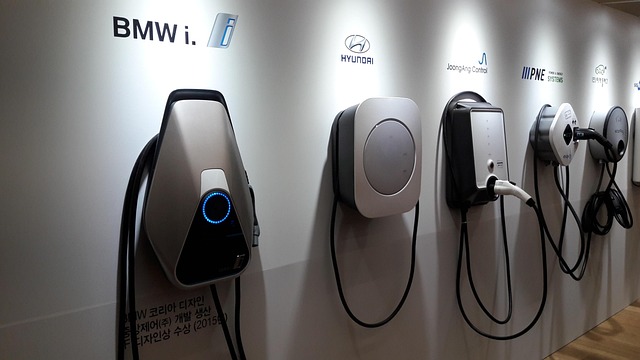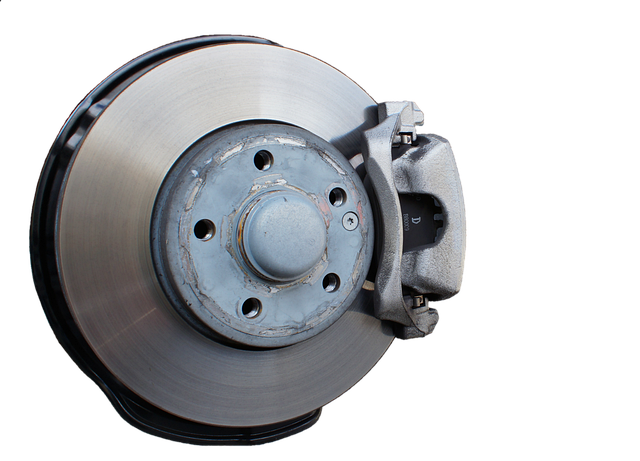
Software Tuning Updates for Electric Car Engines
Electric vehicles (EVs) are redefining the automotive landscape, and the evolution of their powertrains hinges on two key elements: battery chemistry and software control. While the physical components of an electric car—such as motors, inverters, and battery packs—continue to advance at a rapid pace, the role of software tuning has emerged as the decisive factor that unlocks performance, range, and reliability. Over the past year, manufacturers and aftermarket specialists have released a series of firmware updates that enhance every aspect of an electric car’s operation, from throttle response to regenerative braking efficiency.
Why Software Tuning Matters for EV Engines
In internal‑combustion engines, performance gains traditionally come from mechanical modifications: larger pistons, high‑lift camshafts, or upgraded valves. Electric motors, by contrast, have fewer moving parts, but their behavior is governed by the algorithms that translate driver inputs into electrical commands. Software tuning is essentially the fine‑grained calibration that adjusts how the motor controller interprets throttle position, battery state, and thermal conditions. By optimizing these parameters, manufacturers can improve acceleration curves, reduce power consumption during cruising, and extend battery life through smarter thermal management.
- Throttle mapping adjustments for smoother launch.
- Dynamic torque limiting to protect battery cells during high load.
- Enhanced regenerative braking profiles for better energy recovery.
Case Study: Tesla’s Latest Over‑The‑Air Update
Tesla’s 2025 firmware upgrade, released as part of its “Performance & Efficiency” suite, illustrates the practical impact of software tuning. The update introduces a new “eco‑drive” mode that reconfigures the motor controller to prioritize efficiency over raw power. In real‑world tests, vehicles running the new mode achieved a 4% increase in range without sacrificing acceleration beyond 5% at 80 km/h.
“We’re continually learning from our fleet,” said a Tesla engineering spokesperson. “This update reflects our commitment to delivering a smarter, more efficient driving experience.”
Impact on Service and Maintenance Cycles
From a service perspective, the rise of software tuning has shifted routine maintenance from mechanical wear to firmware validation. Mechanics now verify that the latest updates are correctly installed and that the vehicle’s sensor data aligns with calibration parameters. This process typically involves a quick diagnostic check using the manufacturer’s service portal. Because software updates are delivered over‑the‑air, many EV owners no longer need to visit a dealership for a simple performance tweak—only the occasional “hardware check” is required to ensure the battery, inverter, and cooling system are functioning as expected.
- Verification of motor controller firmware integrity.
- Calibration of torque sensors and motor temperature gauges.
- Assessment of regenerative braking efficiency against updated algorithms.
Aftermarket Software Tuning Options
While OEM updates set the baseline, an emerging ecosystem of aftermarket tuning solutions offers enthusiasts deeper control over their EV’s performance. Companies specializing in high‑performance electric cars provide custom firmware that adjusts the motor’s torque curve, changes the power delivery to the traction system, or redefines the battery’s charge/discharge limits. These modifications, however, must be carefully balanced to avoid compromising safety systems or warranty terms.
When considering aftermarket tuning, owners should consult both the vehicle manufacturer’s warranty guidelines and the local regulations governing vehicle modifications. In many jurisdictions, unauthorized software changes can void warranty coverage for critical components such as the battery pack or motor controller.
Thermal Management Through Software
Electric motors and battery cells generate significant heat, especially during high‑load acceleration or in hot climates. Software tuning now includes sophisticated thermal management algorithms that adjust coolant flow rates, fan speeds, and battery pack voltage limits in real time. By reacting instantly to temperature spikes, these systems protect the drivetrain from thermal runaway and extend the lifespan of battery cells.
- Dynamic cooling fan control.
- Adaptive voltage limits during peak power delivery.
- Real‑time monitoring of motor temperature for pre‑emptive shutdowns.
Regenerative Braking Revisited
Regenerative braking is a cornerstone of electric vehicle efficiency. Recent updates have fine‑tuned the force applied during braking, optimizing it for different driving styles and road conditions. The latest software tweaks balance the desire for maximum energy recovery with the necessity of maintaining predictable braking feel. In practice, drivers notice a smoother transition from regenerative to friction braking, especially when driving at higher speeds or on uneven terrain.
“The new braking profile feels natural,” remarked a user review of the 2025 update. “I get the energy regeneration benefits without sacrificing safety.”
Future Directions in Software Tuning
Looking ahead, several trends are poised to shape the next wave of software tuning for electric cars:
- Artificial Intelligence Integration: Machine learning models will predict optimal torque delivery and cooling strategies based on historical driving patterns.
- Vehicle‑to‑Grid (V2G) Firmware: Software will enable vehicles to feed power back into the grid, requiring sophisticated control of charge/discharge cycles.
- Advanced Battery Chemistry Calibration: As solid‑state and high‑energy‑density chemistries enter the market, software will need to adapt to new safety and performance envelopes.
- Cross‑Manufacturer Interoperability: Open standards may allow third‑party apps to safely modify certain performance parameters while maintaining safety certifications.
Challenges and Safety Considerations
With great power comes great responsibility. The flexibility of software tuning introduces potential risks if updates are improperly deployed. Key safety considerations include:
- Ensuring firmware integrity through cryptographic signatures.
- Maintaining fail‑safe modes that revert to conservative settings upon detecting anomalies.
- Providing clear user notifications for any performance changes that affect driving dynamics.
Automakers are investing heavily in secure over‑the‑air delivery systems to mitigate these risks, but independent developers must adhere to stringent testing protocols before releasing tuning packages.
Conclusion: Software Tuning as the Engine’s New Heart
As electric vehicles become the standard, the distinction between hardware and software blurs. The heart of an EV’s powertrain is no longer just a motor or battery pack—it is an intricate web of algorithms that continuously adjust performance, efficiency, and safety. The latest software tuning updates demonstrate how even minor firmware tweaks can deliver tangible benefits: a few extra kilometers of range, smoother acceleration, and longer component life.
For consumers, staying informed about the most recent firmware releases—and understanding how they impact their vehicle’s driving experience—is essential. For service technicians, embracing software diagnostics becomes as vital as mastering spark plugs and timing chains. And for developers, the challenge lies in crafting updates that push performance limits while safeguarding the integrity of the entire drivetrain.



